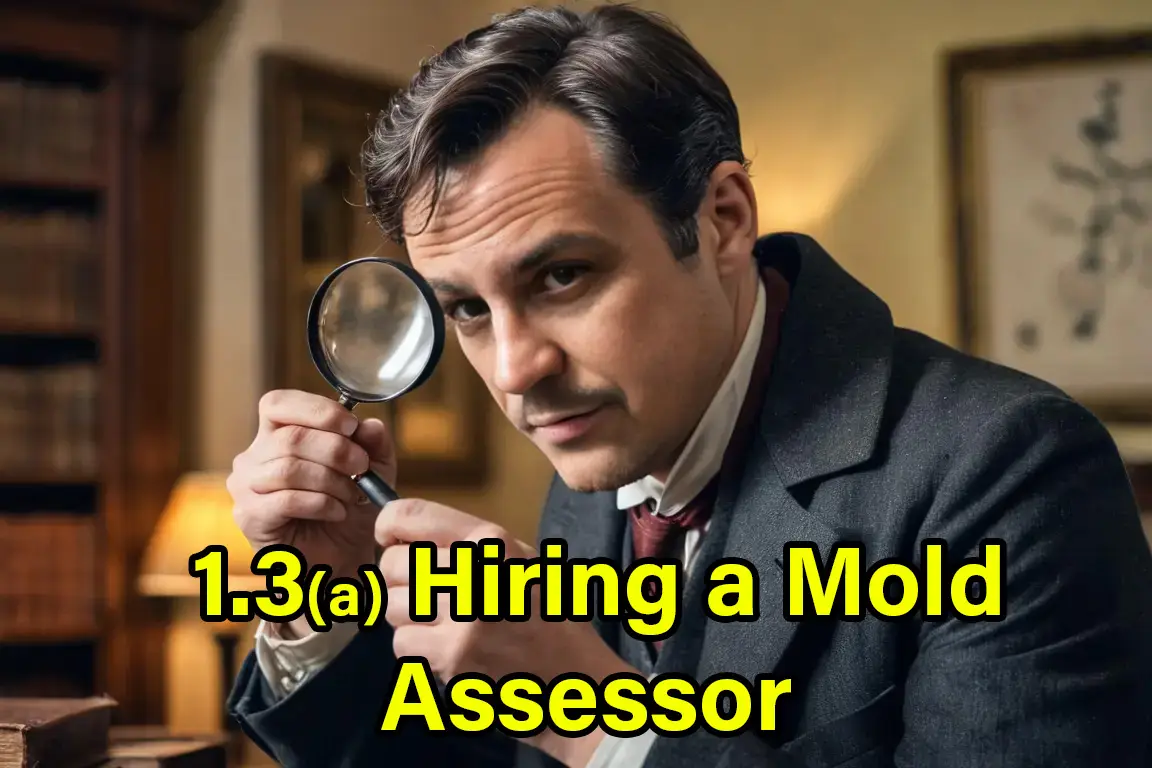Recognizing the Need—Mold, Water Damage, and Odors
Hiring an Indoor Environmental Professional (IEP) becomes critical when there are signs of mold or water damage in your home. One of the first and most obvious indicators is visible microbial growth—such as discoloration on walls, ceilings, or floors—or a persistent musty odor. These signs often point to a hidden problem that may not be resolved with basic cleaning. Mold can hide behind walls, under flooring, or inside HVAC systems, and without a professional inspection, these issues can continue to affect your home and your health.
Guidelines from government agencies can also help determine when to bring in an IEP. For example, the U.S. Environmental Protection Agency (EPA) recommends professional intervention when mold affects more than 10 square feet. In states like Texas and Florida, laws mandate a professional assessment for areas larger than 25 square feet. New York City requires assessments for areas exceeding 100 square feet. These benchmarks help homeowners decide when mold becomes more than a DIY task and requires professional expertise.
IEPs are trained to detect and assess mold problems using advanced tools and techniques. This allows them to locate hidden growth, identify moisture sources, and recommend appropriate next steps. Early intervention not only protects your property but also prevents long-term health complications, especially for individuals with mold sensitivities or other health concerns.

